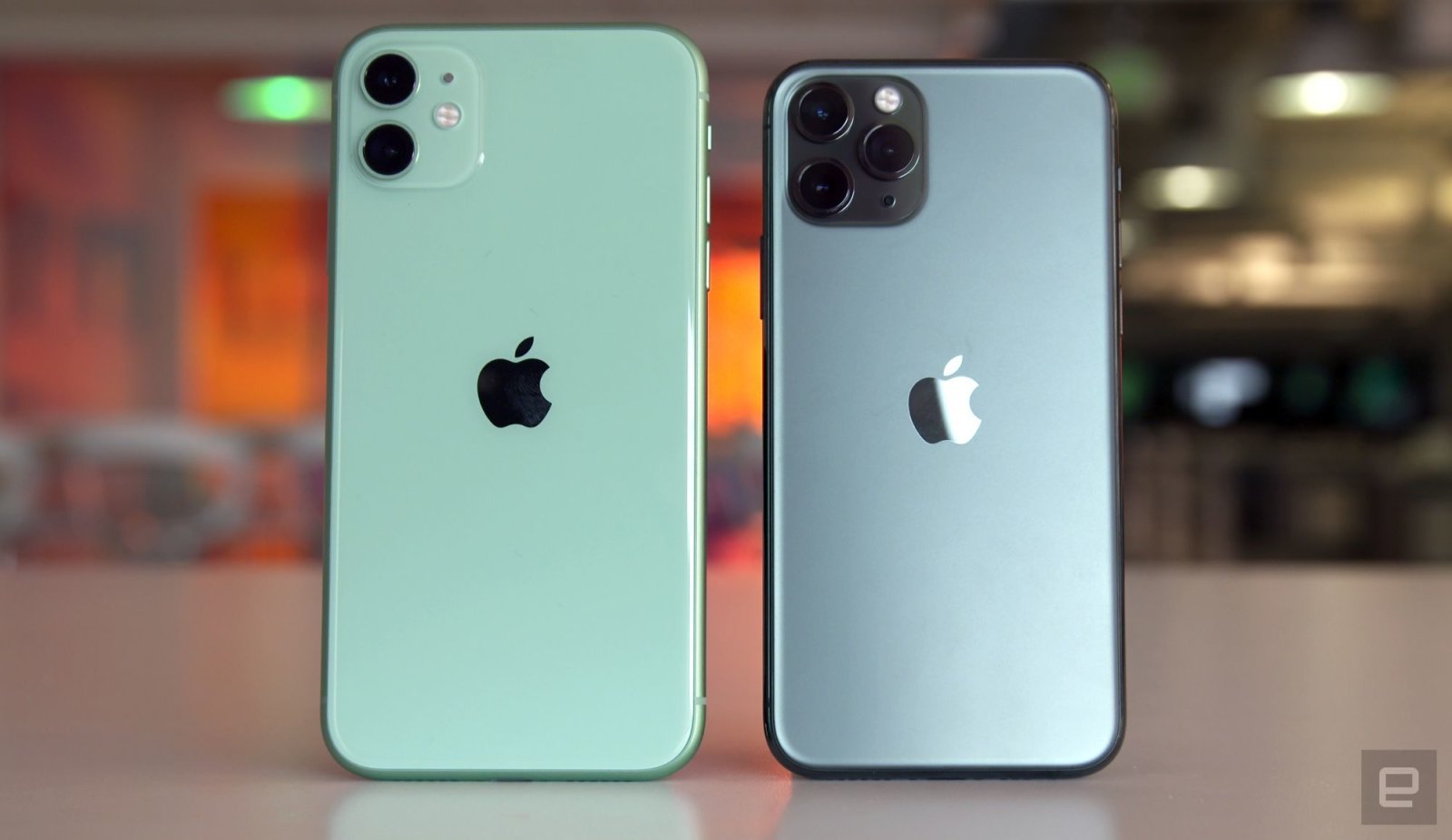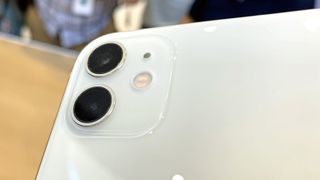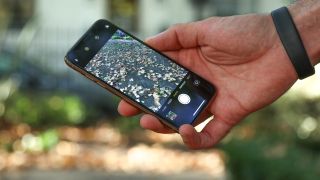new iPhone 11 vs iPhone XS
iPhone 11 vs iPhone XS
iPhone 11 vs iPhone XS display
The displays of these phones are very different, even if they do look similar at arm’s length. Both have the classic iPhone notch style, which doesn't help comparisons.
Apple’s new iPhone 11 has a slightly larger screen, at 6.1 inches to the iPhone XS’s 5.8 inches. And the tech behind the surface is completely different.
The older iPhone XS has higher pixel density, with 1125 x 2436 pixels to the iPhone 11’s 828 x 1792.

Panel technology is different too. Apple’s iPhone XS features an OLED panel with effectively perfect blacks and very deep, rich colour. The iPhone 11 has an LCD screen with a universal backlight, which means blacks won’t look perfectly black in a very dark room. Phone LCDs can’t reach the colour depths of OLED, either.
However, Apple uses some of the best LCD panels around, so don’t think this is a reason to turn your nose up at the iPhone 11. Brightness should be similar too. Apple rates the iPhone 11 at 625 nits, and most readings say the iPhone XS manages slightly over 600 nits.
Side by side the iPhone XS will likely look a bit bolder than the iPhone 11. But equally you could argue the extra size makes the iPhone 11 better for both video and games, even if they aren’t always quite as sharp when you look critically.
iPhone 11 vs iPhone XS camera
The iPhone generation camera comparison is a little challenging. Both phones have dual rear cameras, but where the iPhone XS’s second camera has a telephoto lens with 2x magnification, the iPhone 11 has an ultra-wide lens.
If you want optical zoom in a new iPhone, you’ll have to upgrade to the iPhone 11 Pro or 11 Pro Max, which costs around $300 / £300 more.

All four of these phones’ rear cameras have 12-megapixel sensors, but is an ultra-wide better than a zoom? It depends on context. If you want to capture a big group of people or emphasise the scale of a building, you want an ultra-wide. Want to get closer to the action without moving? You need a zoom.
A zoom is likely more important in making people’s images 'better', as so many of us still use digital zoom rather than moving to compose with a standard 26mm-ish lens.
The iPhone 11 does have some real advantages, though. It has Apple’s new Night mode, which merges nine exposures to get the same kind of bright, high dynamic range shots you might get from a Huawei P30 Pro. Low-light image quality has been an iPhone weak point for several years now.
Its camera app also lets you see a some of the area around the main camera view, handy when you’re not quite sure if you need the wide view or not. The wide has a 120-degree view of the scene, which Apple likes to call a “2x zoom out”.
Both the rear cameras can also shoot video at 4K, 60 frames per second, with dynamic range enhancement. The iPhone XS’s main camera can shoot at 4K/60 too, but we can’t be sure yet if it’ll get all the same processing upgrades in a software update.

The iPhone 11 also has the upper hand for selfies. Its sensor has been upgraded to 12MP, from 7MP in the iPhone XS. And Apple has had a hand at making up its own term, “slofies”. These are slow-motion selfies, essentially short slow-mo videos you’ll likely share on social media or WhatsApp with friends.